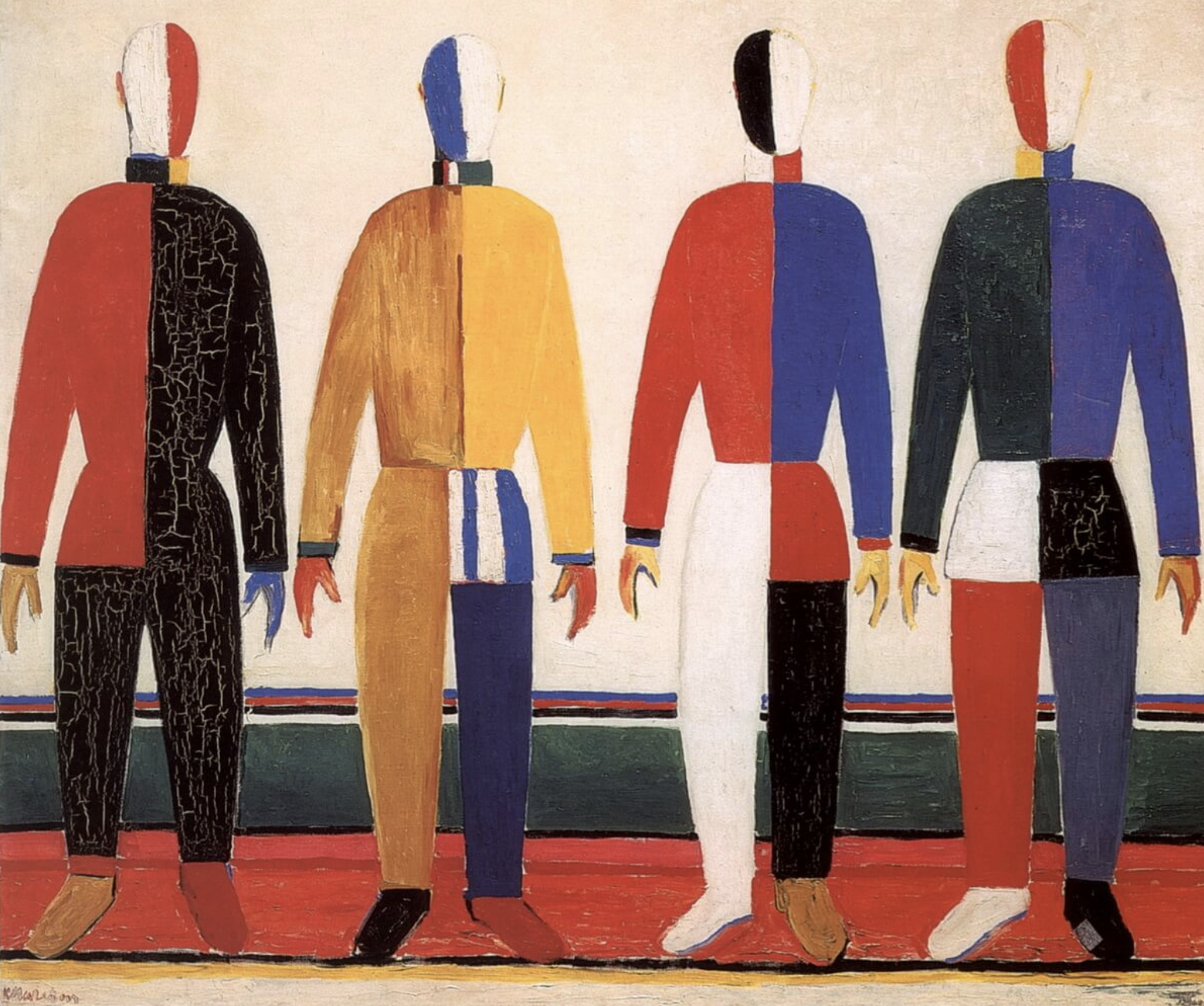Kazimir Malevich: Pioneer of Abstract Art and Creator of Suprematism
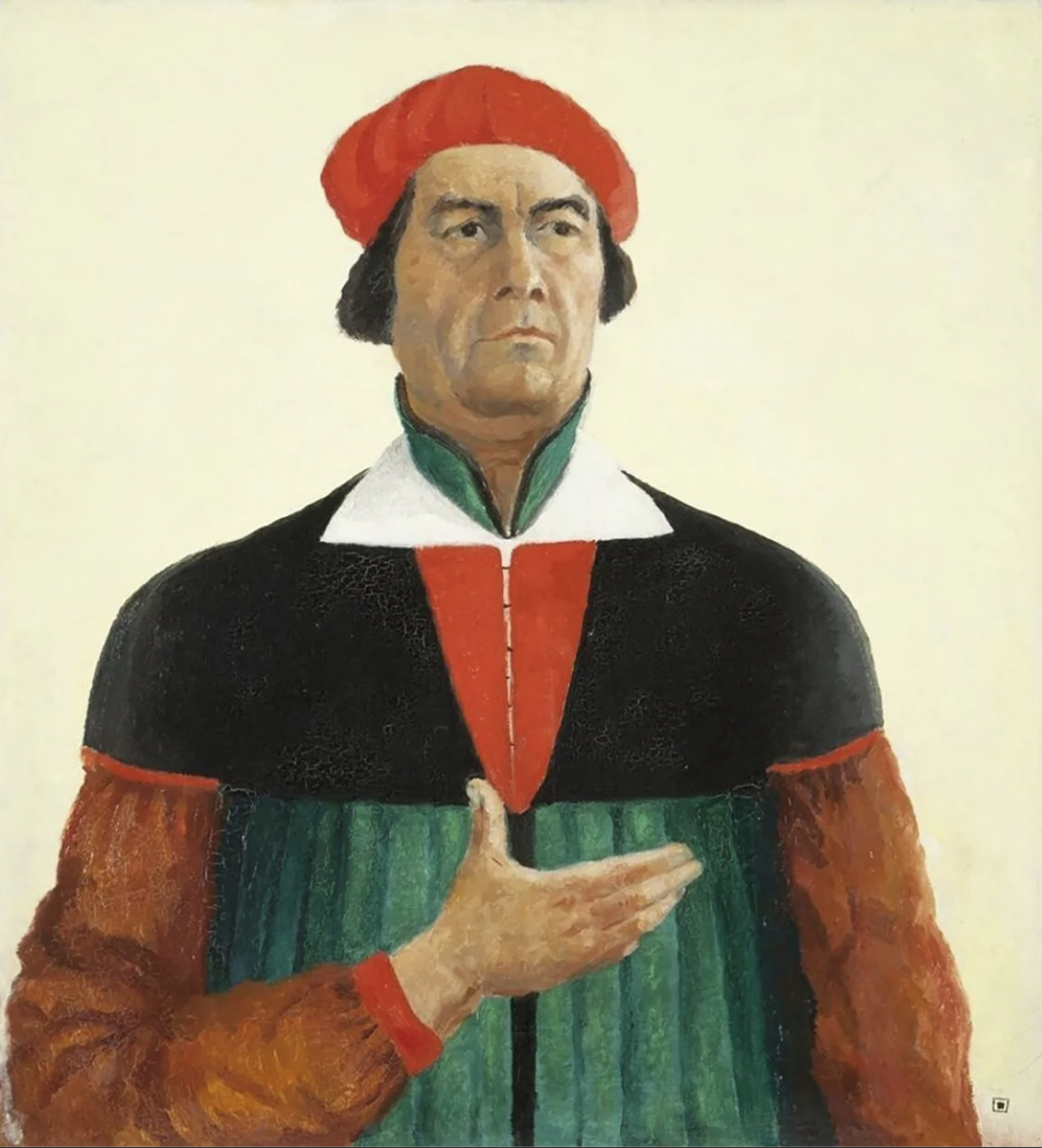
Kazimir Malevich stands among the titans of 20th-century art, heralded for his groundbreaking contributions to the realm of abstract art. His radical approach and innovative theories pushed the boundaries of what was considered art during his time, laying the groundwork for future avant-garde movements. This article delves into the life, philosophy, and enduring legacy of an artist who dared to defy convention and paved the way for a new visual language.
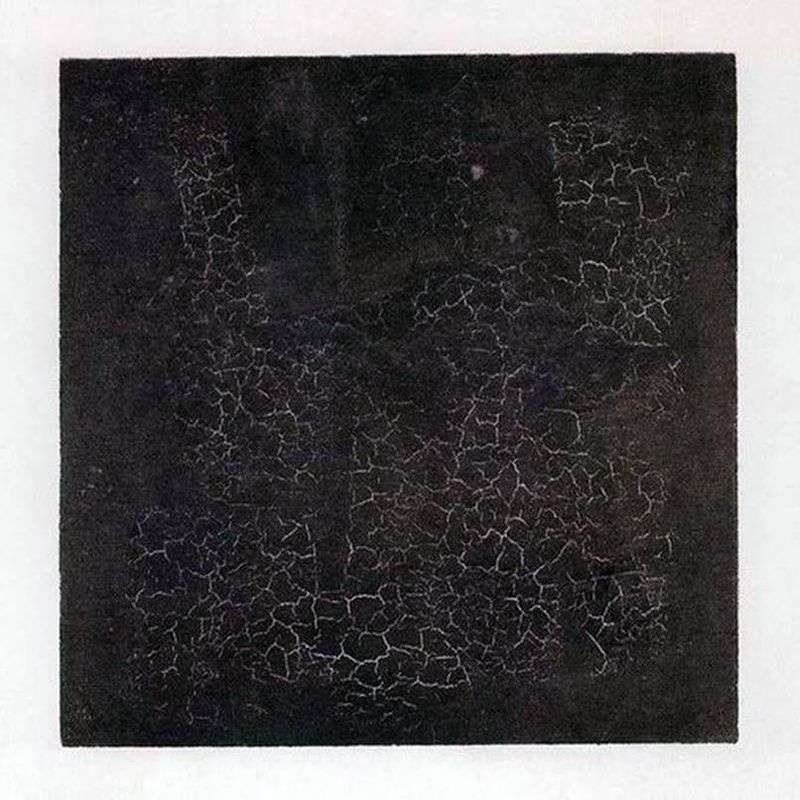
Early Life and Artistic Beginnings:
Kazimir Severinovich Malevich was born on February 23, 1879, in Kyiv, then part of the Russian Empire. He was the first of fourteen children in a Polish-Ukrainian family. Malevich's early exposure to traditional and folk art patterns would later influence his distinctive abstract works. He moved to Moscow in 1904, where he attended the Moscow School of Painting, Sculpture and Architecture and was exposed to a variety of contemporary artistic trends including Impressionism, Symbolism, and Fauvism.

Transition to Abstract Art:
As Malevich honed his craft, he became increasingly interested in simplifying the elements of his paintings to focus on fundamental geometric forms and their relationships to each other. His explorations led him away from the representation of reality and closer to pure abstraction. During this transformative period, he experimented with Cubism and Futurism before developing his unique artistic approach.
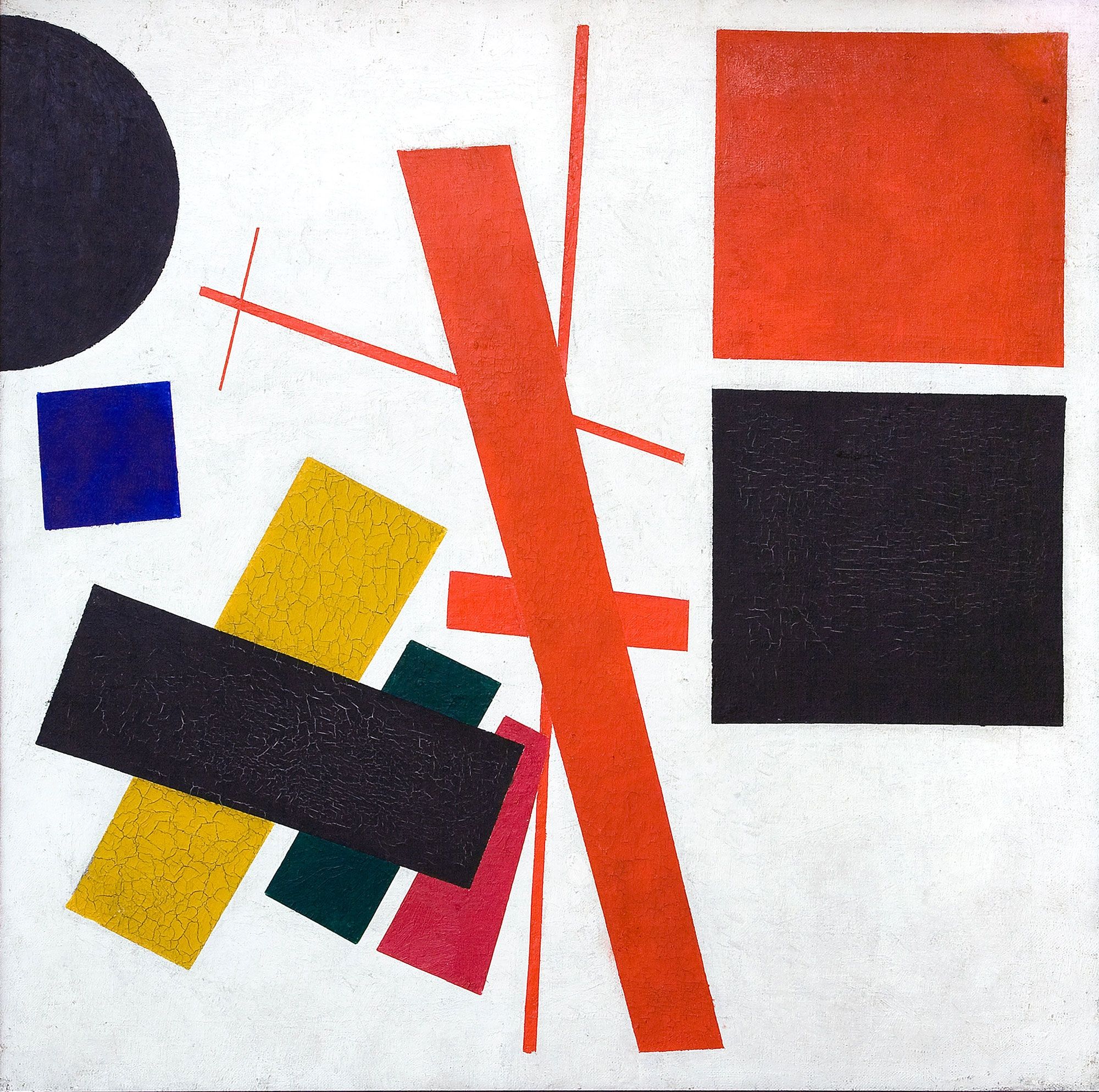
Creation of Suprematism:
The year 1915 marked a pivotal point in Malevich's career when he introduced Suprematism—a term he coined from the Latin "supremus," meaning supreme. Suprematism was predicated on the belief that art should express pure feeling and focus on the supremacy of pure artistic feeling rather than the depiction of objects. Malevich's manifesto, "From Cubism to Suprematism," laid the foundation for this new art movement.

Unveiling of "Black Square":
Malevich's most iconic painting, "Black Square," was first revealed at the Last Futurist Exhibition of Paintings 0,10 in Petrograd in 1915. This austere black square on a white background signified a radical break from all traditional forms of art. It was a powerful manifesto in itself, declaring the birth of non-objective art. This seminal work has come to symbolize the concept of zero forms, representing a new beginning in the art world.

Later Years and Impact:
Throughout the 1920s, Malevich continued to refine his Suprematist ideas, but his life and work were often at odds with the political landscape of post-revolutionary Russia. With the rise of Soviet power and the government's favoring of Socialist Realism, Malevich's avant-garde style fell out of grace. He faced increasing scrutiny and eventually abandoned painting altogether for a time.
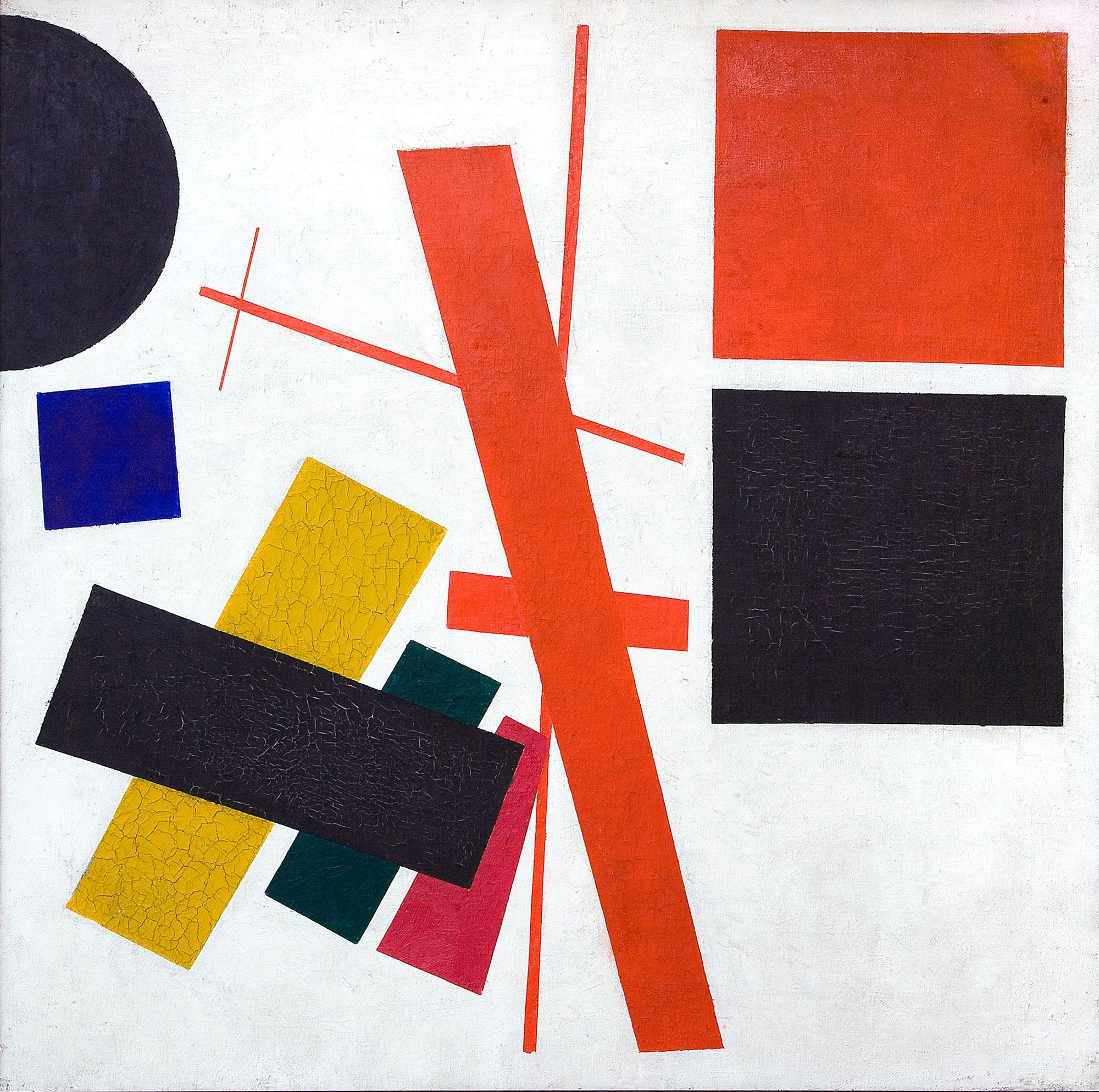
Malevich's influence, however, continued to resonate beyond his hardship and his death on May 15, 1935. His revolutionary ideas informed the development of minimalism, conceptual art, and the abstraction that followed his era. Today, Malevich's work is celebrated in major museums around the world, his legacy a testament to his vision of an art based on pure feeling.
The Legacy of Kazimir Malevich:
Malevich's insistence on abstraction and the primacy of pure feeling in art fundamentally altered the trajectory of modern art. His fearless pursuit of non-representational forms questioned the very nature of what art could be, creating a space for future artists to explore. In paving this path, Kazimir Malevich will forever be remembered as a pioneering spirit whose creations have transcended time and will continue to inspire generations to come. Kazimir Malevich's journey from the figural to the abstract encapsulates a dramatic shift in the understanding and creation of art during the 20th century. His visionary work has not only earned him a place among the pantheon of great artists but also forged an indelible impact on the course of art history. The name Kazimir Malevich remains synonymous with the limitless possibilities of abstraction and the profound emotional resonance that art can convey, even in its simplest forms.
